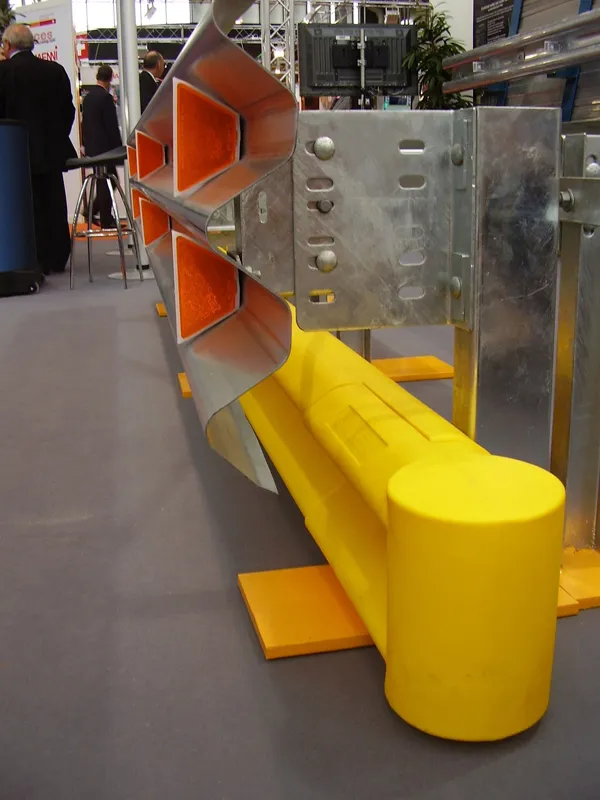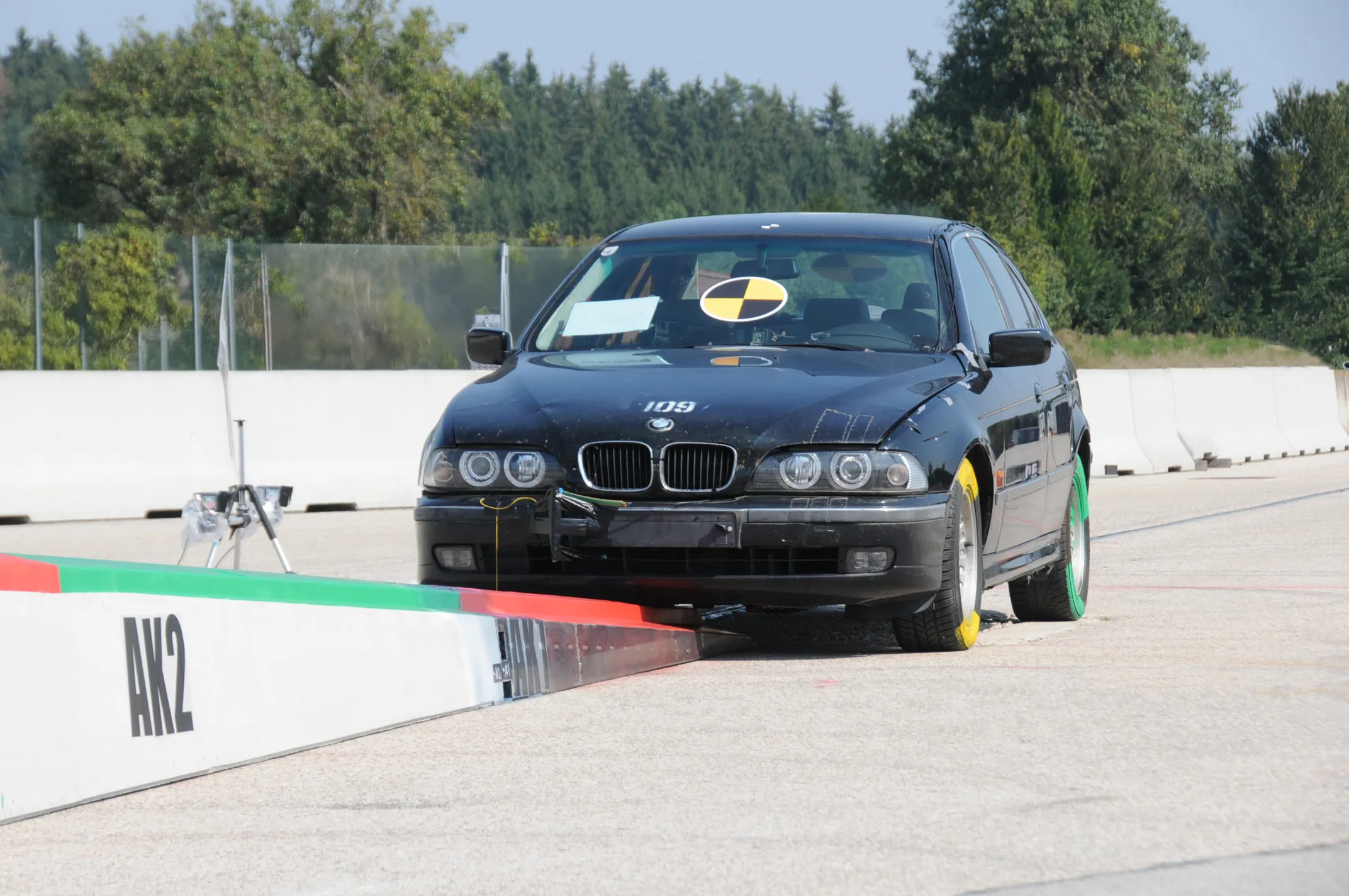Delays to better barrier safety pose further risks for Europe's powered two wheeled riders. The issue of safety for powered two wheeler riders (PTWRs) is a matter of some debate in Europe. Although Europe's PTWRs make up a mere fraction of the vehicle population, they figure highly in accident statistics. Safety provisions could be improved using available technology but a recent political decision has downgraded the importance of such a move.
February 20, 2012
Read time: 3 mins

Delays to better barrier safety pose further risks for Europe's powered two wheeled riders
The
CEN's technical committee on road equipment held an annual meeting where the draft standard for motorcyclist protection systems was turned into a Technical Specification. Representatives from the Czech Republic, Finland, Germany, Ireland, the Netherlands, Sweden and the United Kingdom, all voted to downgrade the draft standard. The issue is of note as it means many existing containment barriers, although designed to protect motorists, will continue to pose a threat to motorcycle riders.
Many barrier types in widespread use across Europe have been criticised by motorcycling groups such as FEMA. These barriers pose impact hazards for motorcyclists with the support posts in particular known to cause serious injury and death to fallen motorcyclists.
FEMA has been one of the organisations campaigning hard for the last three years for a change in the European safety regulations, which would require the support posts of barriers to be covered, particularly at known danger spots. FEMA's General Secretary, Aline Delhaye said, "What will be done with this Technical Specification is a mystery to me." The decision was made despite the proven safety benefits of the Spanish Standard on which EN1317-8 draft was based. Since Spain introduced its regulations for approved and protected guardrails and these units were installed, there have been no fatal or serious injury accidents resulting from fallen riders impacting against barrier supports.
In spite of this evidence, only Belgium, France, Italy, Norway, Portugal and Spain supported the proposal for a European Standard. FEMA says that it will continue working to improve safety for motorcyclists, in the face of political inactivity. FEMA also questions why member nations did not support the draft standard.
The financial cost of introducing safety measures would be comparatively small, as has been shown in Spain. This would be hugely outweighed by the savings in the human scale, as well as economically, by reducing the injury and fatality toll amongst motorcycle riders.
There are numerous proven products designed for use on highways to protect fallen motorcyclists from striking supporting posts on barriers and come from an array of suppliers. Products already in use in Spain and other European countries include those supplied by firms such as






